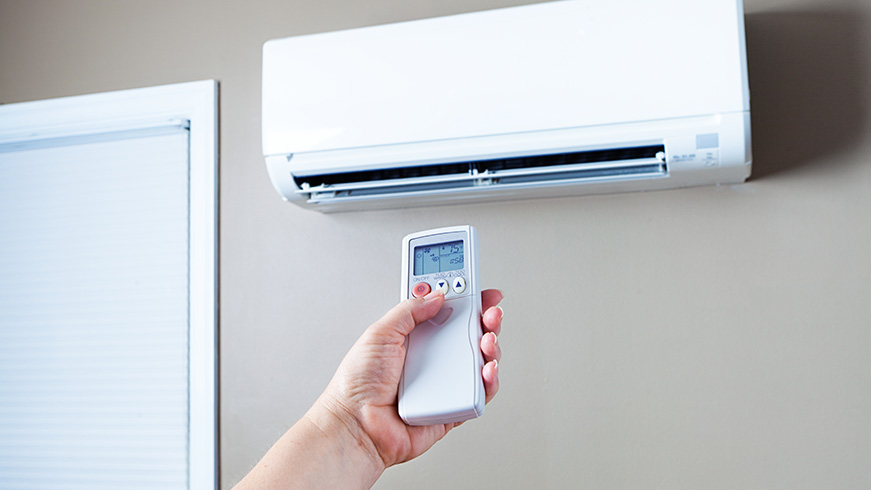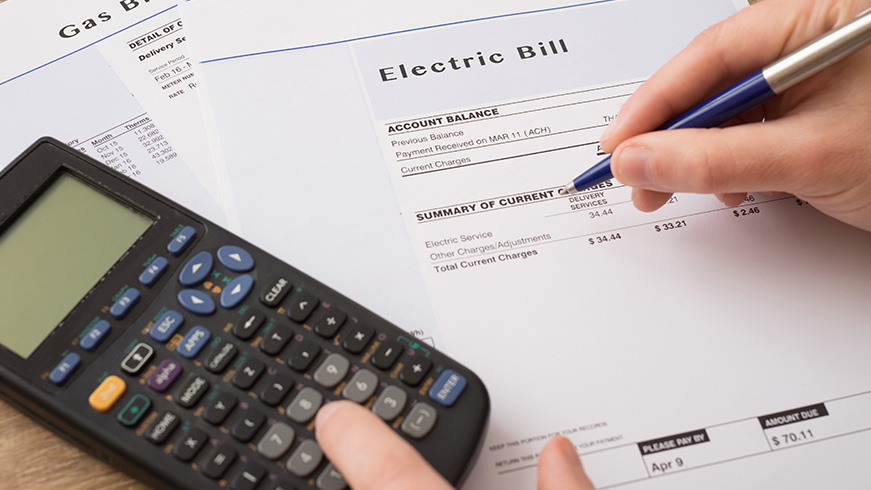Summer is upon us! But that warm weather we’ve been waiting for all year also comes with substantial surges in our utility bills. According to the U.S. Energy Information Administration, the average household in 2015 spent $405 on electricity during the summer. However, cooling down your home doesn’t have to result in jacking up your energy bill. There are a couple tricks and tips—requiring minimal effort—that will help you save on your energy bill while also helping to save the planet.
Heating and cooling costs account for about 50% of the home energy budget. Figuring out the best way to ventilate your home will result in serious savings and a reduction in energy consumption.
1. Turn off your air conditioner when you don’t need it.
Turning your AC off while you’re sleeping can result in huge savings. Even adjusting the temperature before you leave your house (assuming nobody will be home) will yield savings. In the summer, the thermostat should be set no lower than 78°F to 80°F. For every degree the thermostat is raised, 4% to 8% can be saved on cooling costs.
2. Use a programmable thermostat.
A programmable thermostat is a very energy-efficient tool. It allows you to program what hours your home will be vacant and when you will be asleep. During those times, it will adjust the temperature of your home accordingly. This removes the hassle of constantly adjusting your thermostat and the dread of coming home to a scorching house. A great model in the programmable thermostat industry is the Nest. While the retail price for the Nest is $250, the company claims that it can lower electricity bills by 20%.
3. Switch to ENERGY STAR appliances.
The ENERGY STAR is an accolade given by the U.S. Environmental Protection Agency to a product that meets the rigorous energy-efficiency guidelines set forth by the U.S. government in order to reduce greenhouse emissions. An ENERGY STAR certified room air conditioner uses about 15% less energy than non-certified models. That 15% could save you around $85 over the unit’s lifetime. To learn more, go to energystar.gov
4. Check for thorough home insulation.
Air leakage occurs when air from the outside enters and conditioned air leaves your house through cracks and openings. Although you may not notice it, this makes it harder and more expensive for you to ventilate your home. Reducing the flow of air leaking in and out of your home is a cost-effective way to cut the price of cooling and maximize the functionality of your air conditioning system. Caulking and weather-stripping are the two most simple and effective air-sealing techniques that offer quick returns after investing. Caulk is used to fill cracks and openings between stationary and foundational house components, such as around door and window frames, and weather-stripping is used to seal operational components, such as doors and operable windows.
5. Clean your air conditioning vents and units.
In order for an air conditioning unit to function efficiently, its filters, coils, and fins must be maintained regularly. Simply put: a clean air conditioner is an effective one. The most crucial piece of maintenance that will ensure the maximization of your air conditioner is routinely replacing or cleaning its filters. Clogged and dirty filters block normal airflow and reduce a system’s efficiency significantly. Dirt and debris in the unit will obstruct airflow and possibly impair the evaporator. Replacing a dirty, clogged filter with a clean one can lower your air conditioner’s energy consumption by 5% to 15%.
6. Turn on your ceiling fan.
A ceiling fan is a great tool to use alongside your air conditioner. A ceiling fan will cool the room by approximately 4 degrees, allowing you to then turn the thermostat down accordingly. If the climate permits, you can even eliminate air conditioning altogether by solely using a fan.
7. Take advantage of natural ventilation.
If you live in a climate where there are cool nights or regular breezes, take advantage of it. Eliminate electricity usage altogether by opening windows when it cools down outside.
8. Block the sun with blinds and drapes.
Window treatments or coverings don’t just decorate your home, they can also help you save energy. Some carefully selected window treatments can prevent your house from heating up under the summer sun. There are two options for window treatments: blinds and drapes. When fully pulled down and closed over a window with a lot of sun exposure, blinds can reduce heat gain by up to 45%. During summer days, you can close draperies on windows receiving direct sunlight to prevent heat gain as well. Drapes can reduce heat gain by 33%.
Don’t let an expensive utility bill ruin your summer. Follow these easy steps and start saving money and the environment!


